The allure of Swiss chocolate is undeniable. For centuries, Switzerland has been synonymous with premium-quality chocolate, a reputation built on meticulous craftsmanship, superior ingredients, and an unwavering commitment to excellence. The story of Swiss chocolate is not just about confectionery; it’s a tale of innovation, tradition, and a cultural legacy that continues to captivate chocolate lovers worldwide.
Switzerland’s chocolate-making heritage dates back to the early 19th century when pioneers like François-Louis Cailler and Philippe Suchard laid the foundation for what would become a global industry. Cailler, often regarded as the father of Swiss chocolate, established the first mechanized chocolate factory in 1819, revolutionizing production methods. Suchard, on the other hand, introduced the concept of milk chocolate in the 1820s, a breakthrough that would later define Switzerland’s chocolate identity. These early innovations set the stage for a golden era of chocolate-making that endures to this day.
The secret behind Swiss chocolate’s unparalleled quality lies in its ingredients. Swiss chocolatiers source only the finest cocoa beans, often from regions like Ghana, Ecuador, and Venezuela, known for their rich and complex flavors. The Swiss also take pride in their use of fresh, locally sourced milk, which lends their milk chocolate its signature creamy texture. The Alpine water used in production is another critical factor, contributing to the purity and smoothness of the final product. Every step, from bean selection to conching—a process that refines chocolate’s texture—is executed with precision, ensuring a consistently exceptional taste.
One cannot discuss Swiss chocolate without mentioning the iconic brands that have become household names. Lindt & Sprüngli, founded in 1845, is celebrated for its velvety truffles and smooth chocolate bars. Nestlé, though a global giant, has its roots in Switzerland and played a pivotal role in popularizing milk chocolate. Then there’s Toblerone, with its distinctive triangular shape and honey-almond nougat, a symbol of Swiss ingenuity. These brands, among others, have not only shaped the industry but also become ambassadors of Swiss culture.
The Swiss take their chocolate seriously, and this reverence is reflected in their consumption habits. Switzerland boasts the highest per capita chocolate consumption in the world, with the average Swiss citizen consuming nearly 9 kilograms of chocolate annually. This statistic is a testament to the integral role chocolate plays in Swiss daily life, from breakfast spreads to après-ski treats. It’s not just a dessert; it’s a way of life.
Beyond its borders, Swiss chocolate has influenced global chocolate-making traditions. The invention of the conching machine by Rodolphe Lindt in 1879 was a game-changer, enabling the production of smoother, more refined chocolate. This technology spread rapidly, elevating chocolate standards worldwide. Today, Swiss chocolate-making techniques are emulated across continents, though few can replicate the magic of the original.
Swiss chocolate is also deeply intertwined with the country’s tourism industry. Visitors flock to cities like Zurich, Geneva, and Bern to tour historic chocolate factories and sample artisanal creations. The Maison Cailler in Broc and the Lindt Home of Chocolate in Kilchberg are pilgrimage sites for chocolate enthusiasts, offering immersive experiences that celebrate Switzerland’s sweet legacy. These attractions not only educate but also reinforce the emotional connection people have with Swiss chocolate.
In recent years, sustainability has become a focal point for Swiss chocolatiers. With growing awareness of ethical sourcing and environmental impact, many brands have committed to fair trade practices and reducing their carbon footprint. Initiatives like Cocoa Horizons and Rainforest Alliance certifications ensure that the cocoa supply chain supports farmers and preserves ecosystems. This forward-thinking approach ensures that Swiss chocolate remains not only delicious but also responsible.
The future of Swiss chocolate is as promising as its past. While traditional recipes remain cherished, contemporary chocolatiers are experimenting with bold flavors, vegan options, and even reduced-sugar varieties to cater to evolving tastes. Yet, amidst these innovations, the essence of Swiss chocolate—its richness, quality, and craftsmanship—remains unchanged. It’s a delicate balance of honoring heritage while embracing progress.
In a world where mass production often overshadows artistry, Swiss chocolate stands as a reminder of what happens when passion meets precision. Each bar, each truffle, each bite tells a story of dedication and love for the craft. Whether enjoyed in a bustling Swiss café or savored thousands of miles away, Swiss chocolate is more than a treat—it’s a celebration of excellence.

By George Bailey/May 12, 2025
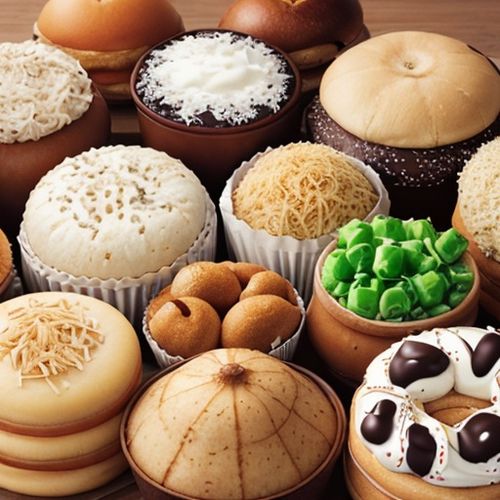
By Amanda Phillips/May 12, 2025

By Victoria Gonzalez/May 12, 2025

By Thomas Roberts/May 12, 2025
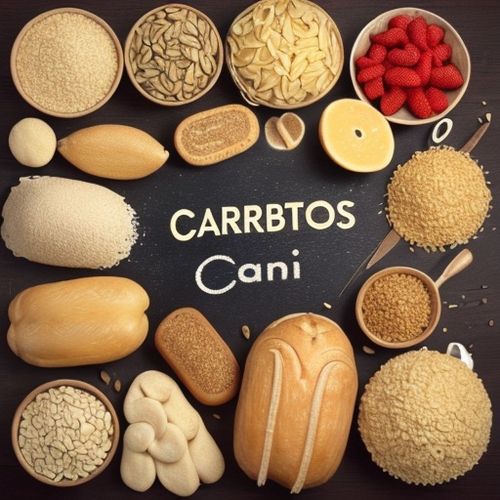
By Benjamin Evans/May 12, 2025
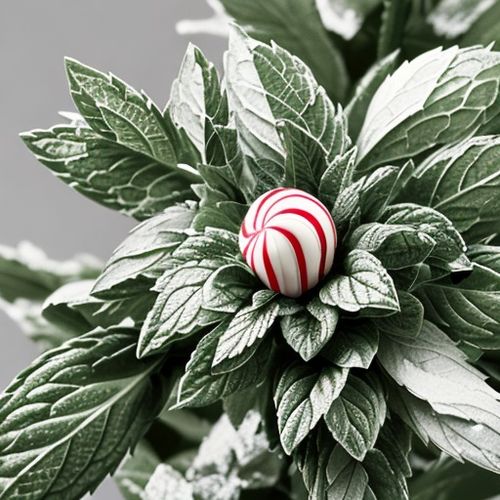
By Natalie Campbell/May 12, 2025
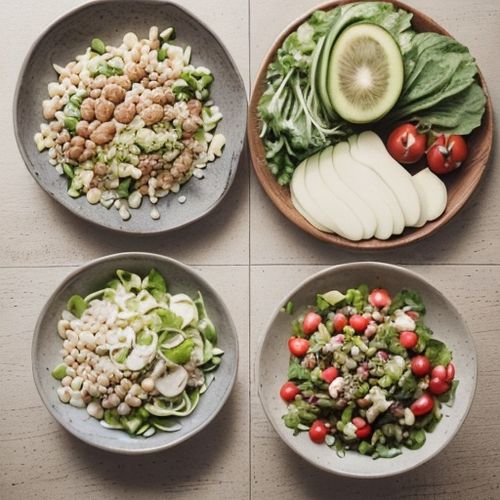
By Samuel Cooper/May 12, 2025
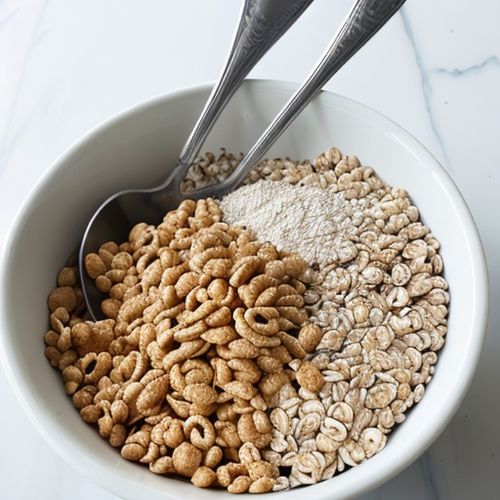
By Eric Ward/May 12, 2025

By Lily Simpson/May 12, 2025
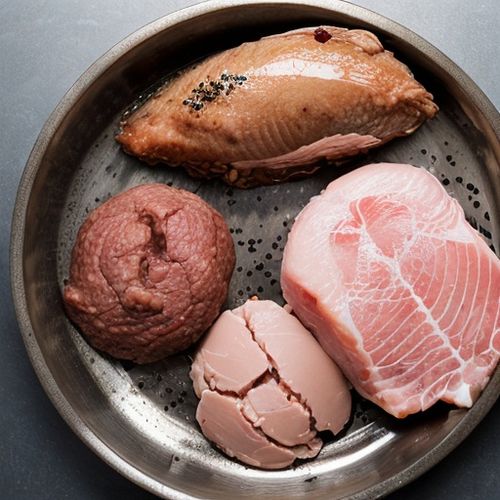
By Megan Clark/May 12, 2025
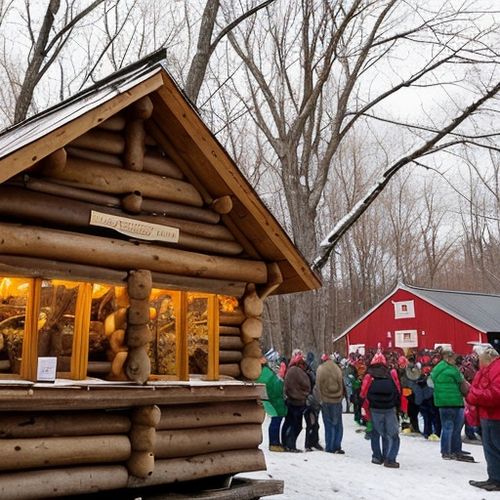
By Christopher Harris/May 10, 2025

By Ryan Martin/May 10, 2025
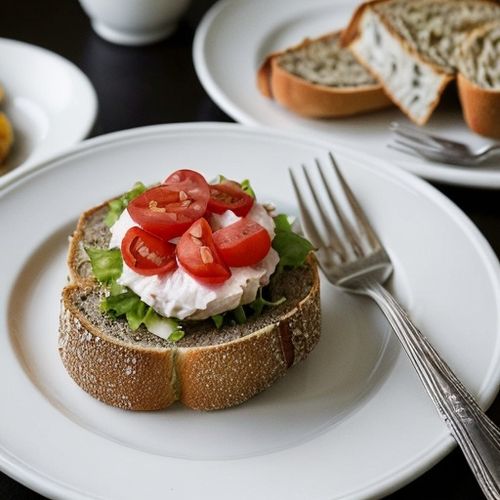
By Thomas Roberts/May 10, 2025
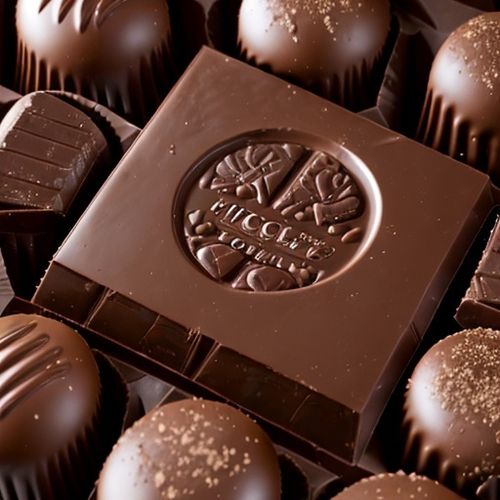
By Emma Thompson/May 10, 2025
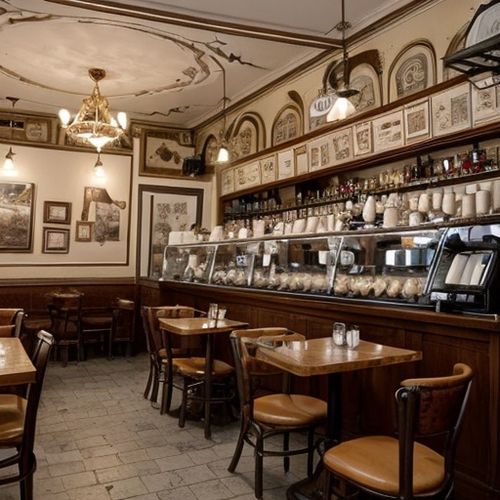
By Ryan Martin/May 10, 2025
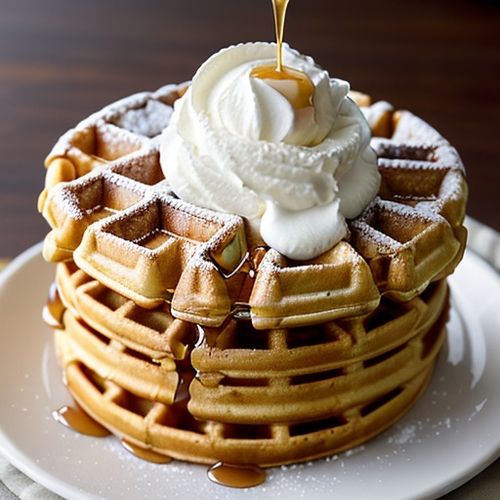
By Michael Brown/May 10, 2025
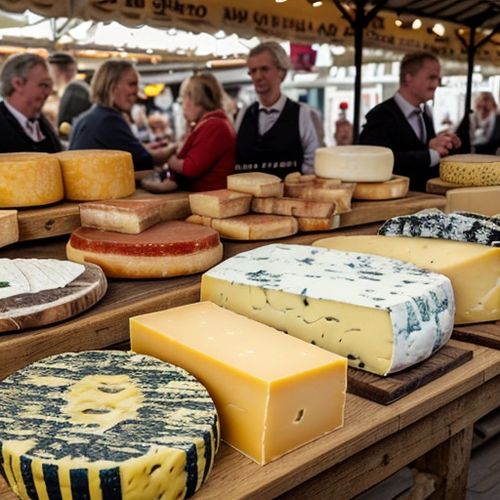
By Sophia Lewis/May 10, 2025

By Eric Ward/May 10, 2025

By George Bailey/May 10, 2025
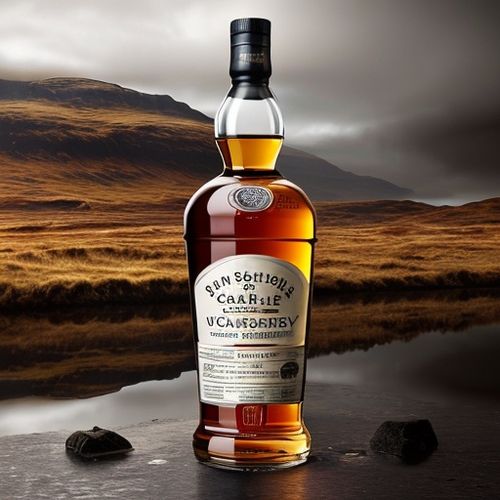
By Elizabeth Taylor/May 10, 2025